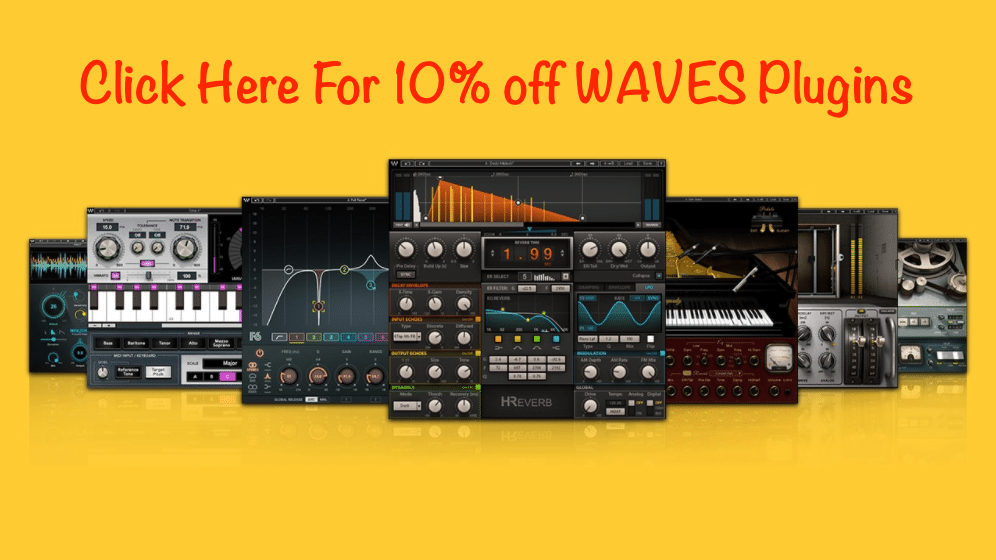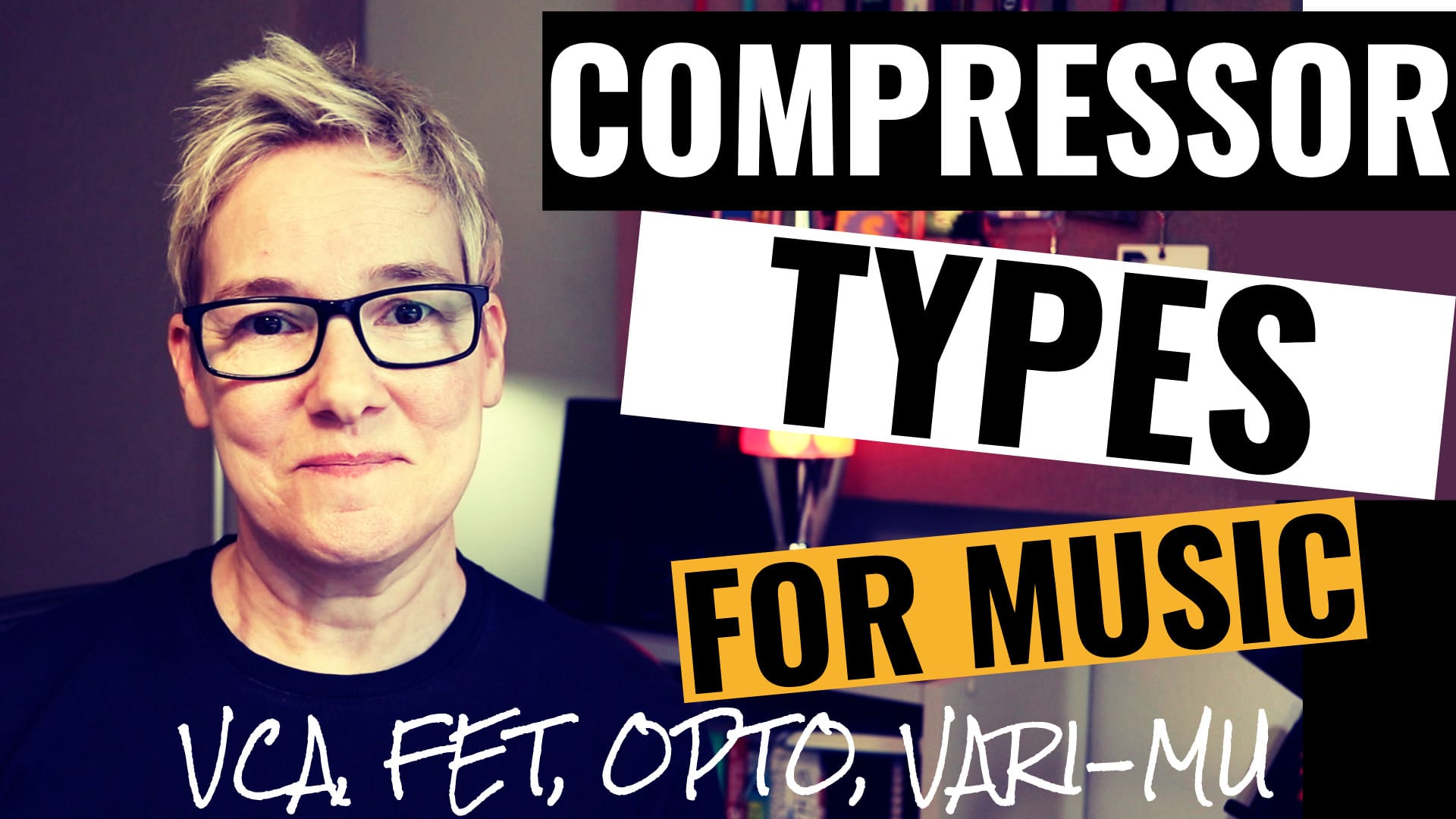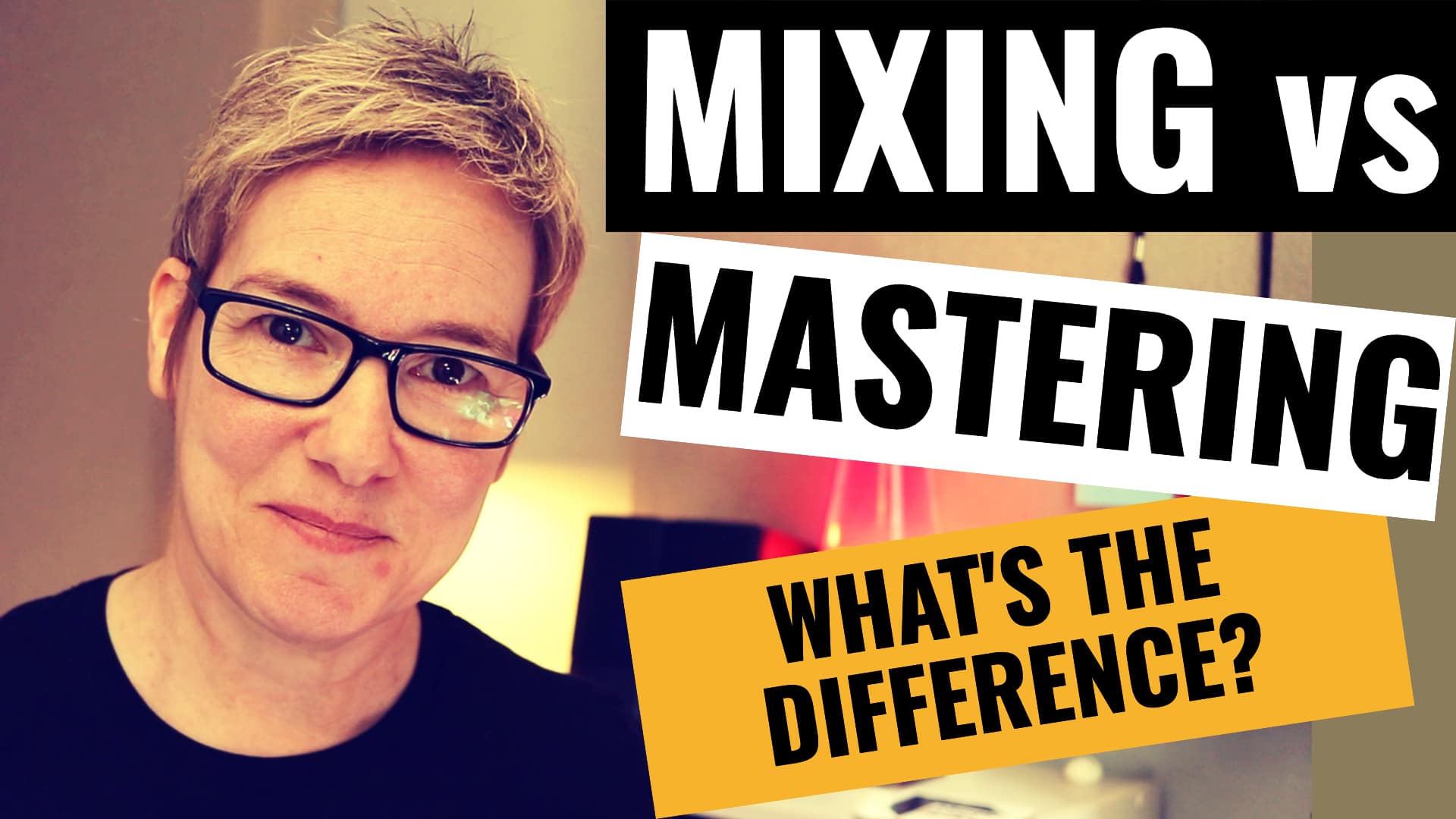By Evan Oxhorn
A lot of musicians, engineers, and producers think that music licensing is some rarefied business reserved only for those with swanky insider connections. In fact, nearly anybody can get started licensing their music through platforms like Pond 5 and AudioJungle.
Over the past few years, I’ve licensed hundreds of songs, which have been included in indie films, TV shows, and even a Netflix movie. In this article, I’ll show you exactly how to get started with music licensing.
Music Licensing – The Basics
At its core, music licensing involves making pre-written, pre-recorded tracks available to clients with a simple and straightforward set of rights. Luckily, as a composer & producer, you only have to worry about the first two.
To get started, sign up with a music licensing library like Pond 5 or AudioJungle. In exchange for taking a commission, they handle all of the business side of things. From the terms of the license to payment processing to website maintenance.
All you have to do is write and record your music, upload it, and add some keywords so that clients can find it.
For example, a client may visit the library and search for something like “Classic Rock Ballad,” and a bunch of results will come up.
Kind of like eBay.
Clients can then preview the tracks, and if they like what you’ve created, they can purchase it. You’ll receive your share after the website takes its commission.
Then, if the song has been broadcast on TV or publicly performed, you may also be entitled to back-end performance royalties, if your songs are registered with a Performing Rights Organization like BMI or ASCAP.
With this type of stock music licensing, it’s often instrumental music that’s sold. While there is absolutely a music licensing market for vocal songs, Pond 5 and AudioJungle aren’t the best sites for that.
What Type of Tracks to Write

Composing stock music can be quite different from composing traditional music. I’m going to focus on three main things here: song structure, melodies, and transitions.
More than most music, stock music relies heavily on song structure conventions. Because the music is often used to support video or a voiceover, your clients need the song to constantly move forward and include interesting moments that “pop” out.
But how do you put that into practice?
Track Structure
Well, first the track needs to evolve every four bars.
In most pop songs, the lyrics are allowed to carry the song forward, so the music is pretty repetitive. But in stock music licensing, you need to keep the track charging along. This can be done by adding a counterpoint melody, bringing in a new instrument, adding a sound effect, or changing up the drums.
The second important thing about structure is to follow three key rules:
- you need a clear (around 5 second) intro
- multiple versions of the verse and chorus
- a strong button ending
Let’s dig a little deeper into that.
You need to catch the listener’s attention immediately, which is the job of the intro. It should be immediately clear which genre the song is and what mood it conveys. And the intro also needs to suggest that even better things are on the way.
Using a traditional, Verse A/ Chorus A/ Verse B/ Chorus B structure is fine with stock music, and it’s also ok to have a bridge.
The important thing is that Verse A is different from Verse B, and so on with the choruses.
A simple way to do this is to have Verse A at full energy and Verse B start as more of a breakdown and build back up to full energy.
With Chorus B, you could add in an even more intense drum pattern and double the melody, or add more instruments to the background.
Then you’ve got to stick the landing. In the music licensing world, a “button” ending is the most popular.
You’re probably asking what that is.
Basically, it’s an ending where all the instruments hit simultaneously on a chord that rings out for a second or two. It doesn’t necessarily need to be the tonic, and the song doesn’t need to resolve. But it does need to end cleanly and clearly.
No fadeouts. No drifting away.
Also, be sure to record to a click with no tempo changes (they’re hard to video edit to).
Oh, and one last note – the track needs to be at least two minutes long. And there’s no need for it to be longer than four minutes.
Melodies
When it comes to stock music, you’ll want to be sure to include a clear melody in your track. But the important thing to note is how you need to approach writing a melody for stock music differently than you normally would.
With stock music, you constantly need to put yourself in the client’s position. Because clients are often looking for music to which to add a voiceover, you need to make sure you write a melody that’s unlikely to conflict with a voice-over.
To avoid your melody conflicting with a voiceover, keep it simple. A busy melody is going to limit the opportunities you have to get your song heard.
And when recording your melody, be sure not to choose instruments that are too bright, because they’re more likely to conflict with any voice over, as well.
Transitions
As I’ve already mentioned, your potential clients are using your songs to help support their ability to tell a story in another medium. So it’s your job to help them tell a better story.
One of the best ways to help them is by going out of the way to signpost transitions in your songs. There’s a number of ways to do this, but it’s what really separates a good piece of stock music from the rest.
It could be as simple as using a drum fill to signal that the song is about to change. But stock music is also a genre that is ripe for more creative transitions. Don’t be afraid to use whooshes, reverse cymbals, and braams to communicate that the story is moving forward.
Engineering for Stock Music
Making a good mix for stock is no different from any other genre, with two key exceptions. First, you don’t want your mixes to be as bright as you might otherwise prefer. While you may traditional want to add a dB or two high shelf boost, avoid that here. It will only conflict with any voiceover.
Second, many clients don’t want or need the full mix. So you need to also prepare multiple alt mixes. That means you may create a mix without any leads. Or one with just drum and bass. Or a mix with no drums. Or on that’s just 30 seconds.
And when you master, you’ll want to leave a ceiling at -1 dBFS, because these sites are going to add an audiomark to the sample versions of your songs. If you don’t have enough headroom, the additional volume from the audiomark can make your song clip and turn away potential buyers.
Now You’re Ready
There you have it! Hopefully, you’ve grasped how to get started licensing your own music. If you’re interested in learning more, be sure to sign up for this free 5-day music licensing crash course!
My sincere thanks go to Evan Oxhorn for contributing this brilliant article and if you’d like to get notified of more awesome content like this, then why not join my email community of over 1000 music makers and get access to free ebooks, checklists and guides to help you mix your own music and get ahead in the music business.





